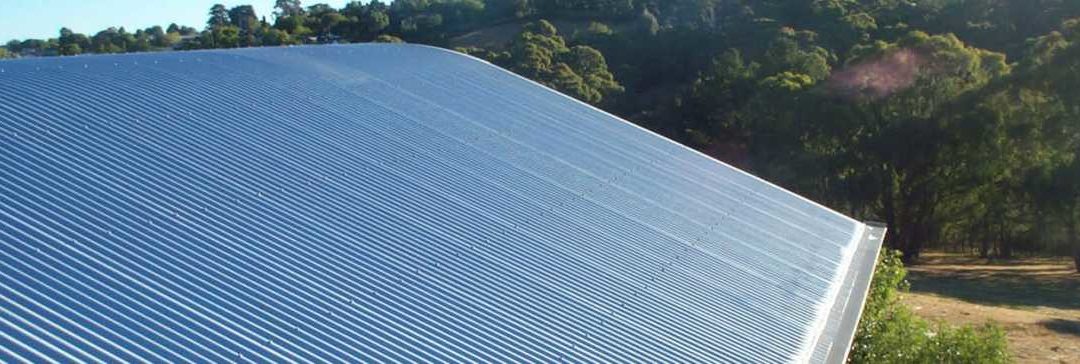When designing or upgrading your Rain Harvesting system, it’s critical to ensure that your roofing material is suitable for harvesting good quality rainwater.
Roofing products are an important part of a house. They help protect the structure and keep it safe from the elements. Roofing materials also have a big impact on how energy efficient your home is, so it’s important to choose the right material for your needs.
While some roof surfaces can be used to collect useable rainwater, others are dangerous.
So where animal or human health is a concern, appropriate roofing materials are vital.
Roof surfaces for “potable” water
If you wish to collect “potable” water (water that’s drinking quality), contact your roofing manufacturer to confirm whether the roofing material is suitable for potable water collection and obtain a certificate of classification.
You should also ensure all your gutters, pipes and fittings are similarly suited to potable rainwater harvesting, and check any local Council or Government requirements.
It’s generally agreed that the most suitable roof materials for harvesting potable water are:
- COLORBOND® and ZINCALUME® steel (and similar aluminium, copper, galvanised steel or stainless steel roofing)
- Glazed, well-fired tiles
- Concrete or cement tiles
- Clay tiles
- Fibro (only new type – not old Fibro, which was made with asbestos)
- Composite, bitumen-based tiles
However, we must emphasise the importance of speaking to your roofing manufacturer when making a choice about the right, Rain Harvesting compatible roofing material for you.
Rain Harvesting incompatible roof surfaces
It would be difficult to list every roofing material that is incompatible with Rain Harvesting. However, some general rules and guidelines can be drawn.
Roofs made from materials that are known to be harmful to human health – for example, asbestos or lead – are not compatible with Rain Harvesting. Similarly, any fixtures or fittings on your roof such as flashings, screws or gutters that are made from these materials should be removed and replaced with safer options before you begin harvesting rainwater.
Some clay and cement tiles may also create difficulties with Rain Harvesting as they may leach unsafe minerals, oxides and coatings. This is why it’s important to consult with the manufacturer or choose approved, potable water grade roofing materials (such as COLORBOND® steel for Australian customers) for your roof.
